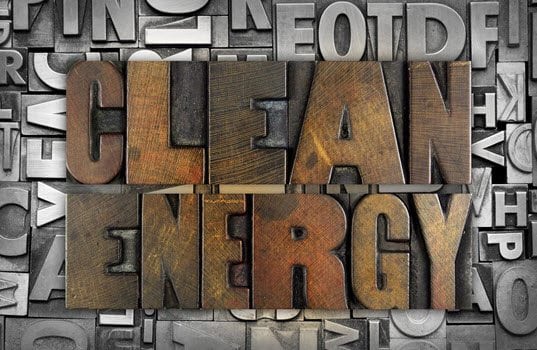Though marginalized throughout its decades’ long history, hydrogen fuel cell vehicles may not be entirely dead on arrival. Today, the media brings a steady stream of discussions, publications and announcements about activity in FCEVs. There are just two fuel-cell vehicles available in the U.S. market: Honda’s FCX Clarity, which is available to lease, and the Mercedes-Benz F-Cell, Figure 3. The most recent reverberations come from automakers, such as Toyota, Hyundai, and Honda, testing and planned production of hydrogen fuel cell vehicles for 2015, Figure 4.
The Tucson Fuel Cell offers, Figure 5 (7):
- Customers in the Los Angeles/Orange County region a rental price $499 per month for a 36-month term, with $2,999 down. This includes unlimited free hydrogen refueling.
- Driving range up to an estimated 300 miles;
- Capable of full refueling in less than 10 minutes, similar to gasoline;
- Minimal reduction in daily utility compared with its gasoline counterpart;
- Instantaneous electric motor torque (221 lb-ft);
- Minimal cold-weather effects compared with battery electric vehicles;
- Reliability and long-term durability;
- No moving parts within the power-generating fuel cell stack;
- More than two million durability test miles on Hyundai’s fuel cell fleet since 2000; and
- Extensive crash, fire and leak testing successfully completed.
Additionally, Daimler AG, Ford Motor Company and Nissan Motor Co., Ltd. recently announced a cooperative agreement to accelerate the commercialization of fuel cell electric vehicle technology, Figure 6.
Even with insufficient support from the federal government, lack of a hydrogen infrastructure, and cost uncertainties, FCEVs are poking their head above the radar. In general, automakers see FCEVs as the most judicious path to satisfy stringent zero-emission vehicle mandates set by California and nine other states. California’s zero-emission vehicle (ZEV) mandate requires 15 percent of all new cars sold be emission free by 2025. The ten-state alliance wants about 3.3 million ZEVs on the road by 2025.
Without question, the most important barrier to larger‐scale implementation of low carbon technologies comes down to one factor: the cost of the technology. Fuel cell costs continue to decline significantly for light duty vehicles, with projected volume costs lower by more than 80 percent since 2002 and more than 35 percent since 2008, according to the U.S. Department of Energy (DOE), Figure 7.(8) The cost per kilowatt (kW) for high volume production of transportation fuel cells moved closer to DOE’s target of $30 per kW where they will be cost‐competitive in light‐duty vehicles.














